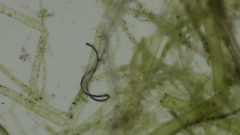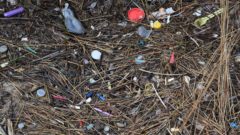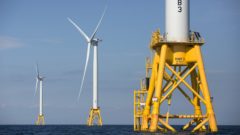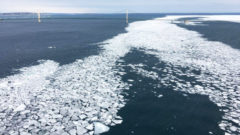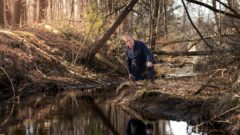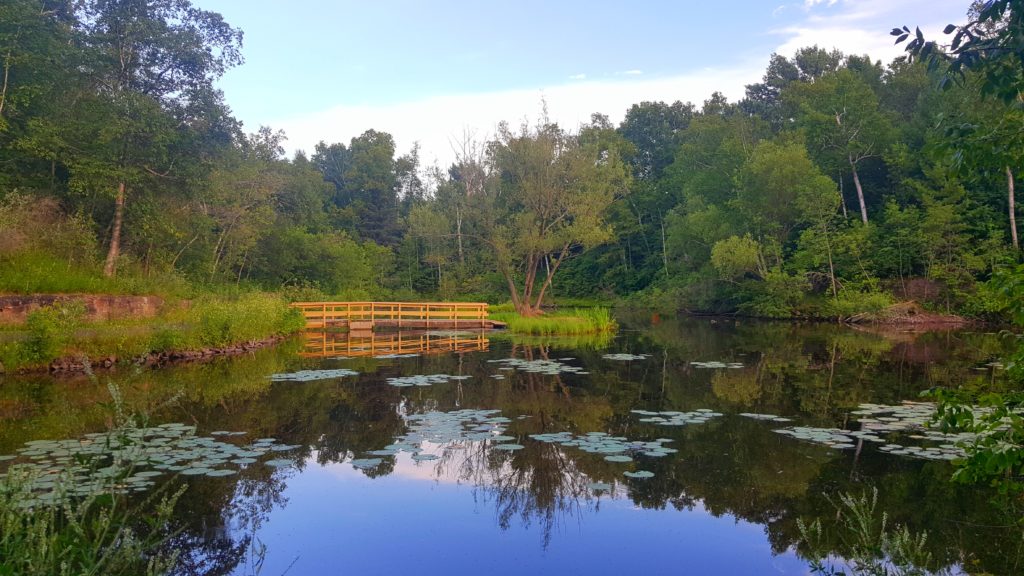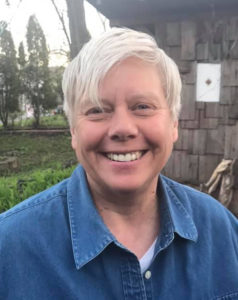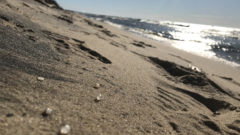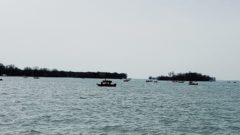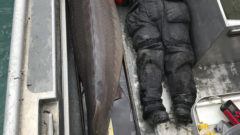Ogdensburg port among 8 U.S. sites to receive Pacesetter Award
The U.S. Great Lakes St. Lawrence Seaway Development Corporation announced that eight U.S. ports in the Great Lakes-St. Lawrence Seaway System received the Robert J. Lewis Pacesetter Award registering increases in international cargo tonnage shipped through their ports during the 2020 navigation season. Read the full story by the Watertown Daily Times.
Great Lakes Commission
https://www.glc.org/dailynews/20210507-port

